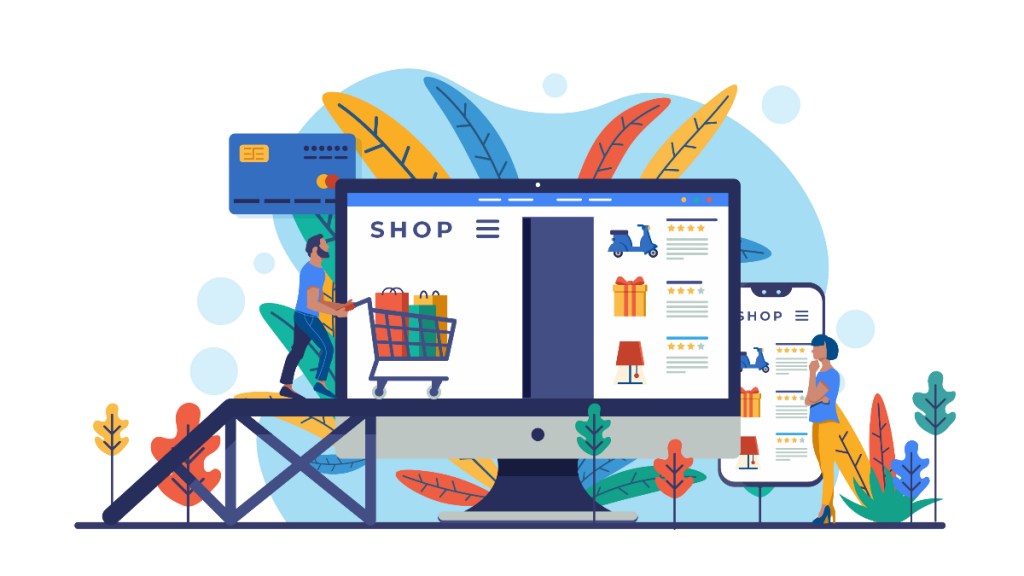By Moneka Khurana
The fast-paced evolution of technology and the advent of the digital era have caused a transformation in the business environment. Unfortunately, e-retail penetration still stands at 4.3% in India.
The change demands that companies prioritize innovation and agility to keep up with the times. In today’s dynamic and interconnected world, businesses must navigate the ever-changing digital landscape and maintain control of their marketing strategies. Advances in the digital landscape have ushered in the era of O2O (Online-to-Offline) commerce.
What O2O Commerce Brings to the Modern Marketing World
Historically, e-commerce business has been separate from shop-in-person (brick-and-mortar stores). These two domains were independent, with no overlaps. With technological advancement, retailers have started offering both experiences. O2O is a business strategy to offer online customers an offline experience by attracting them to their physical stores. Customers are now turning to the online mode for their shopping needs. Companies attract them with various advertising campaigns and offers, but a high percentage of these customers still like the old-school shopping experience. They like to see, touch and feel the products physically.
They need customer service executives to help them understand the nuances of the products, make comparisons, and then make an informed decision. They also need after-sales service, such as exchange or return of goods in case of defects or mismatches with their requirements. This is where the O2O strategy steps in. Once the customer has been identified and displays interest in a certain product, they are encouraged to visit the physical stores to buy the product or service they are interested in. Stores also offer promotional offers and discounts, which further enhance sales.
O2O is an emerging entrant to the market and will take some time to take root. However, the potential is immense, and companies and retailers would do well to incorporate this business model into current practices.
Along with O2O, ONDC is picking up steam and is poised to multiply. Recently, Razorpay joined ONDC to launch a payment reconciliation service so that the network participants can streamline their payments. Razorpay is the first to launch such a service in their industry for buyers and sellers to provide them with a detailed view of the entire process. Its main aim is to enable a secure digital commerce experience for everyone. Joining ONDC will bring transparency and inclusion in its commitment to its customers and contribute to its business’ further growth.
ONDC- The E-commerce Revolution has Only Begun
ONDC has an opportunity to digitally enable retail, particularly in smaller towns and rural areas. Its inclusive and decentralized nature allows buyers and sellers to engage in an open environment across markets. The interoperability and unbundling characteristics of ONDC provide choices for sellers, ease of discoverability for buyers, and reduce go-to-market efforts.
ONDC is still in its nascent stages, but in my opinion, its future is very bright. ONDC signals a huge opportunity given that a significant part of retail is not digitally enabled whilst it is even more limited in smaller towns/rural areas in India. Its inclusive and decentralized nature allows buyers and sellers to sell and buy in an open environment across markets.
The interoperability and unbundling characteristics enable four key aspects that include a range of choices for sellers to be online, ease of discoverability for buyers and sellers from across markets, unbundling the same allows sellers to focus on their core strengths and seek the infrastructure available to stitch the value chain and reduces go to market efforts. It will be a game changer in bringing excluded players on the same page as the established players, ending monopolistic practices, and fostering more uniform e-commerce opportunities.
The author is the country head of MMA India

